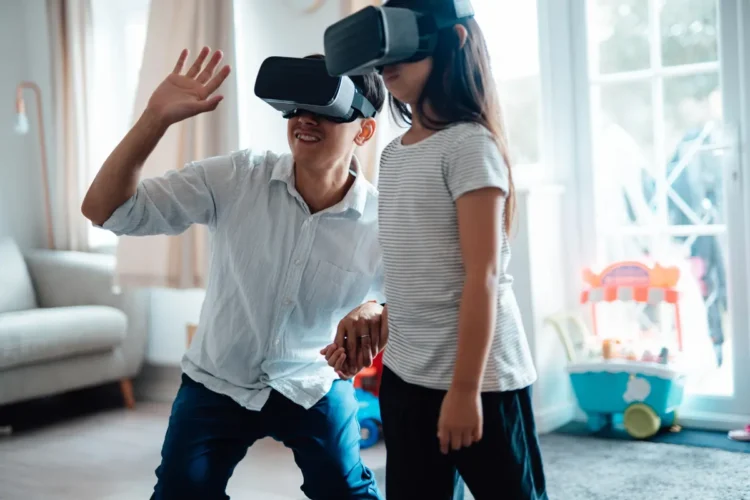Video technology has become an integral part of our lives, revolutionizing the way we consume and create content. From streaming services to video conferencing, video technology has transformed various industries and continues to shape the future. In this article, we will delve into the advancements and trends in video technology, exploring its impact on businesses and individuals alike.
The Evolution of Video Technology
Video technology has come a long way since its inception. It all started with mechanical television systems, which were quickly replaced by cathode-ray tube (CRT) systems [1]. Today, we enjoy the benefits of flat panel displays that offer high-definition visuals and vibrant colors. The evolution of video technology has not only improved the quality of visual media but also made it more accessible to a wider audience.
The Rise of Streaming
One of the most significant trends in video technology is the rise of streaming services. With the advent of platforms like Netflix, Amazon Prime Video, and Disney+, consumers now have access to a vast library of movies, TV shows, and documentaries at their fingertips. This shift in business models has disrupted traditional cable TV and DVD rentals [3]. Streaming services offer convenience, personalization, and a wide range of content options, catering to individual preferences. Furthermore, the emergence of 5G networks promises faster and more reliable streaming experiences, making it even more accessible to users worldwide.
Enhanced Viewing Experience
Advancements in video technology have not only improved the way we consume content but also enhanced the viewing experience. High-definition (HD) and ultra-high-definition (UHD) resolutions have become the norm, providing crisp and detailed visuals. Additionally, technologies like high dynamic range (HDR) and wide color gamut (WCG) have made colors more vibrant and lifelike, creating a more immersive experience for viewers. Furthermore, innovations in audio technology, such as Dolby Atmos and DTS:X, have revolutionized sound quality, delivering a more immersive and cinematic experience [2]. These advancements in video and audio technologies have transformed the way we watch movies, play video games, and enjoy other forms of visual entertainment.
Video Communication and Collaboration
Video technology has also revolutionized communication and collaboration. Video conferencing platforms like Zoom and Microsoft Teams have become essential tools for remote work, enabling teams to connect and collaborate seamlessly. The COVID-19 pandemic further accelerated the adoption of video conferencing, as businesses and individuals relied on these platforms to stay connected. Video communication has not only bridged the gap between remote teams but also facilitated virtual events, webinars, and online education. The integration of augmented reality (AR) and virtual reality (VR) technologies into video conferencing platforms opens up new possibilities for immersive and interactive experiences [4]. These advancements in video communication have transformed the way we work, learn, and connect with others.
Conclusion
Video technology continues to evolve at a rapid pace, shaping the way we consume and create content. The rise of streaming services, enhanced viewing experiences, and video communication tools have transformed various industries and revolutionized our daily lives. As technology advances further, we can expect even more immersive and interactive video experiences. Whether it’s through streaming our favorite shows, collaborating with colleagues remotely, or enjoying high-quality visuals and sound, video technology has become an integral part of our modern world.


